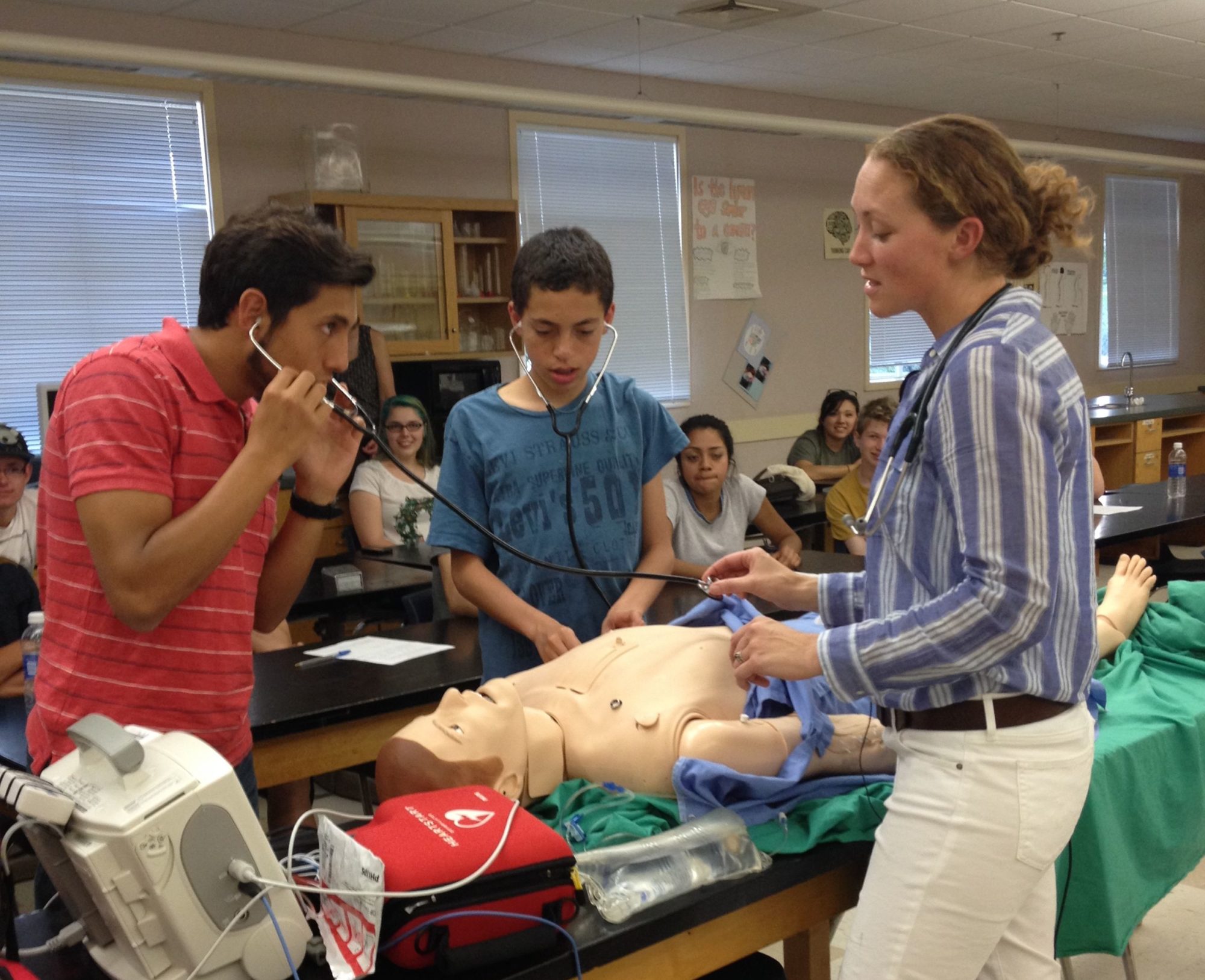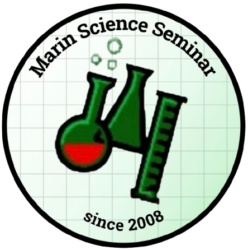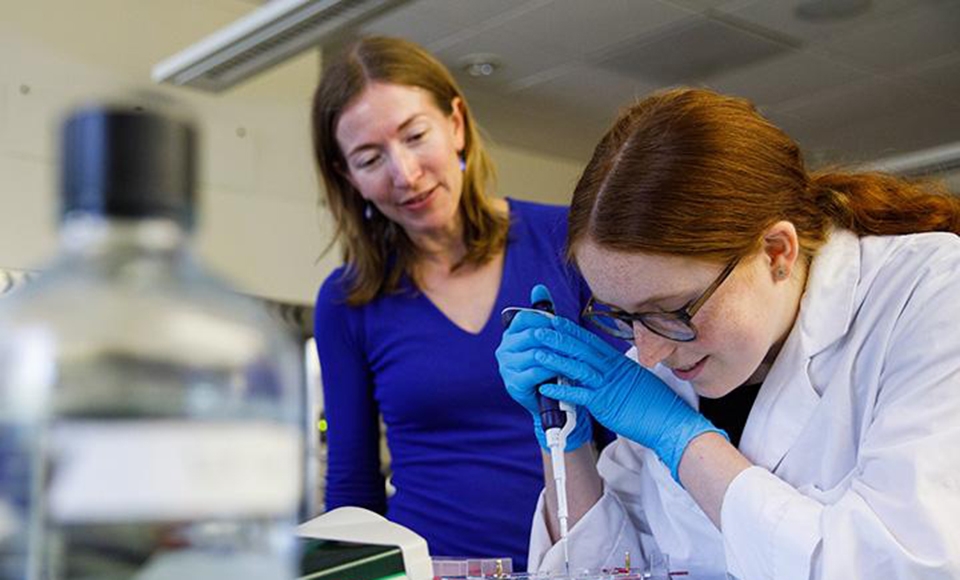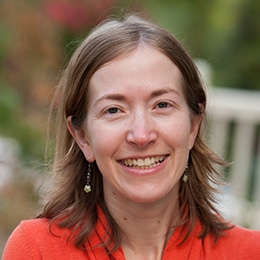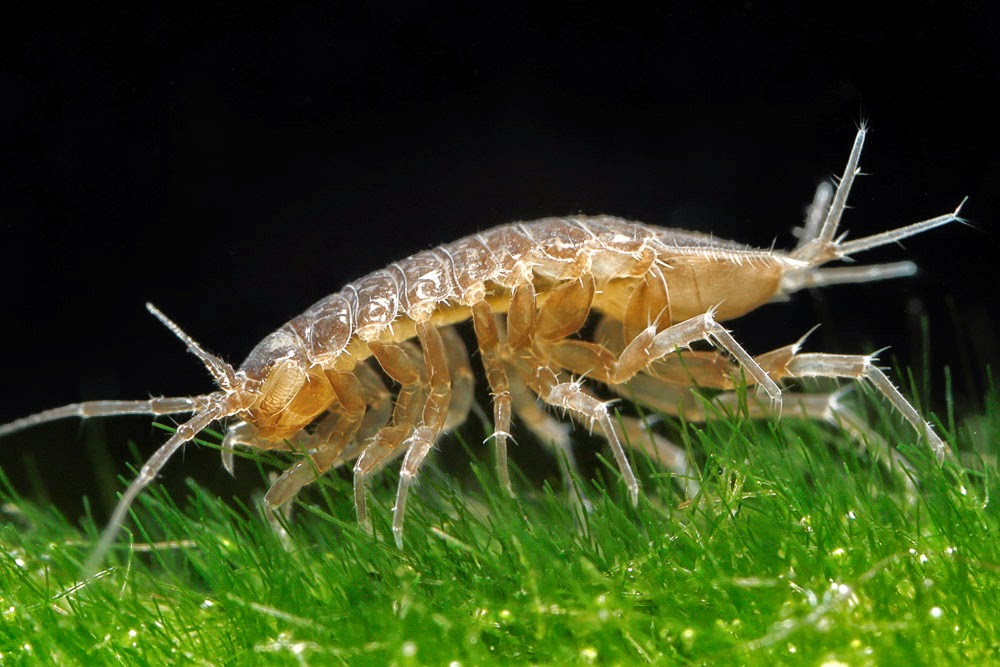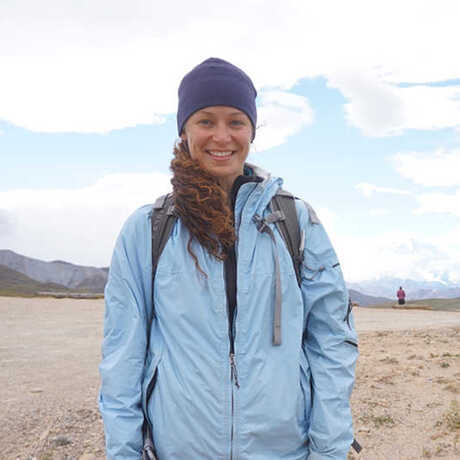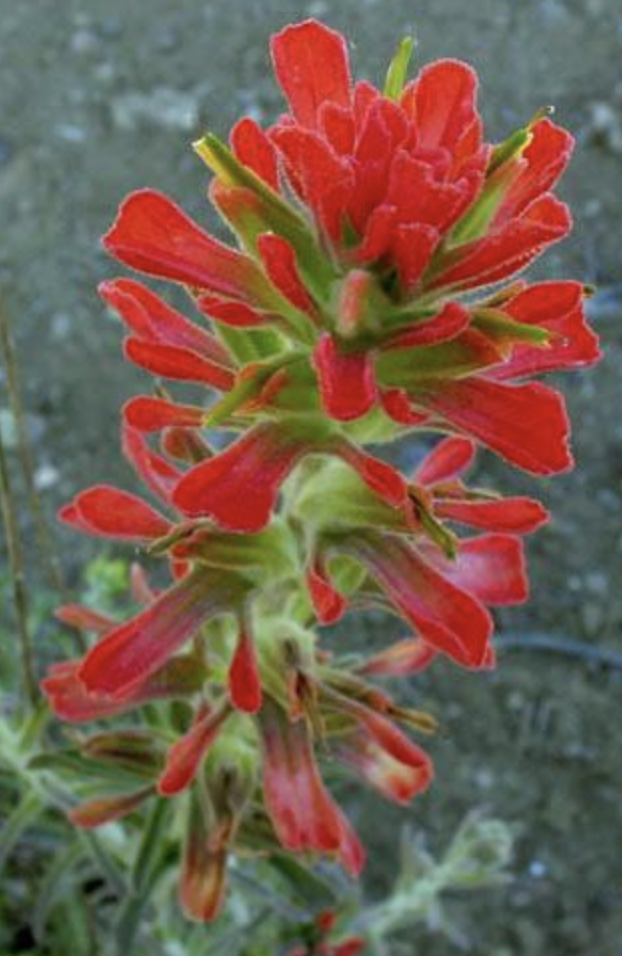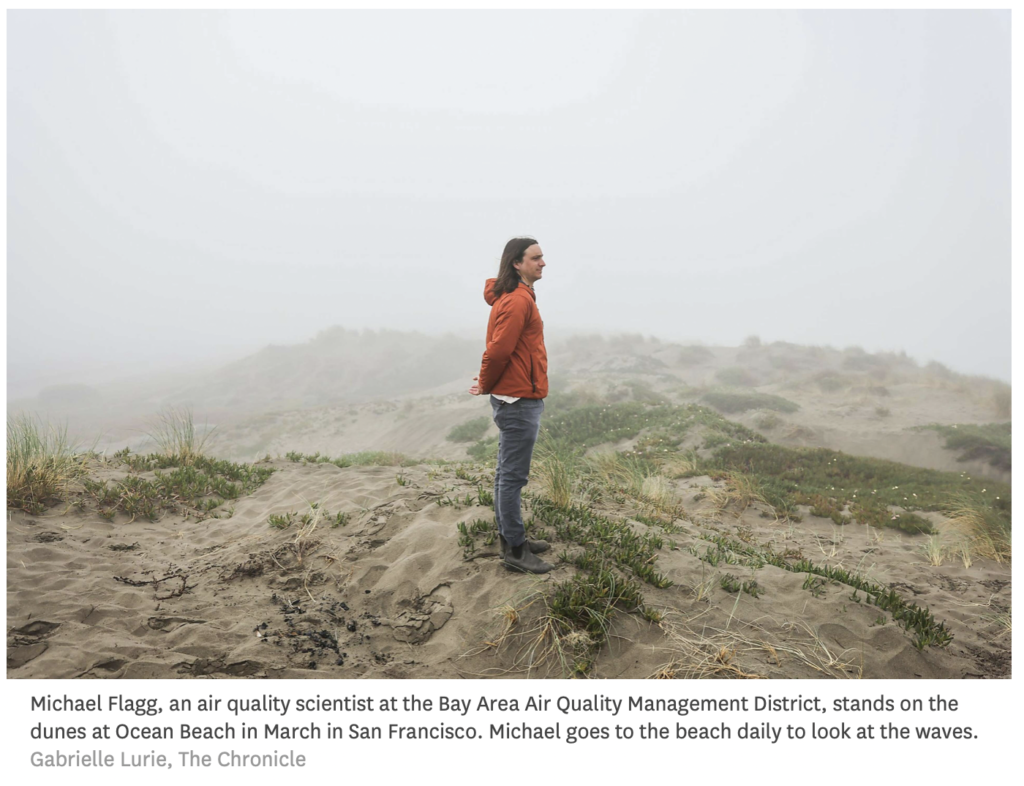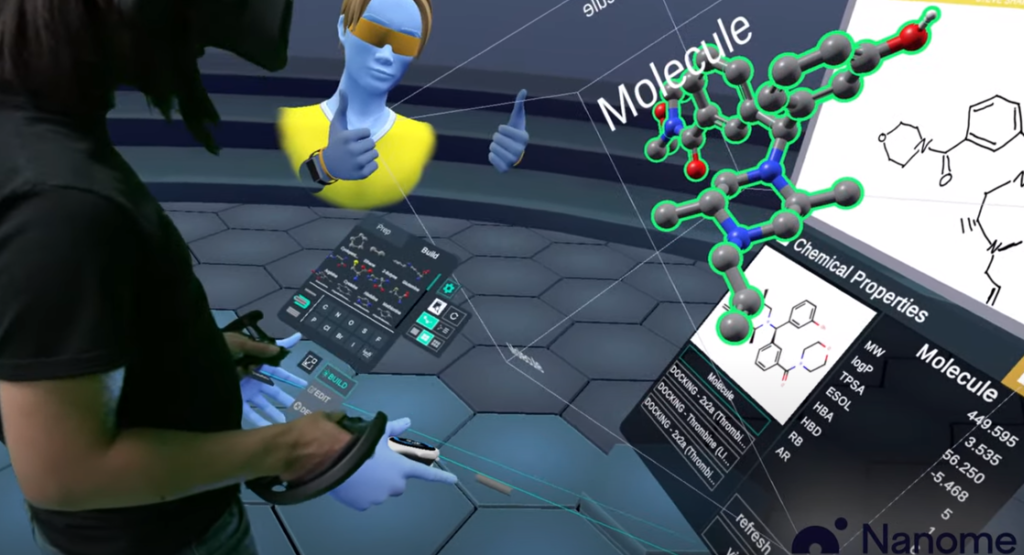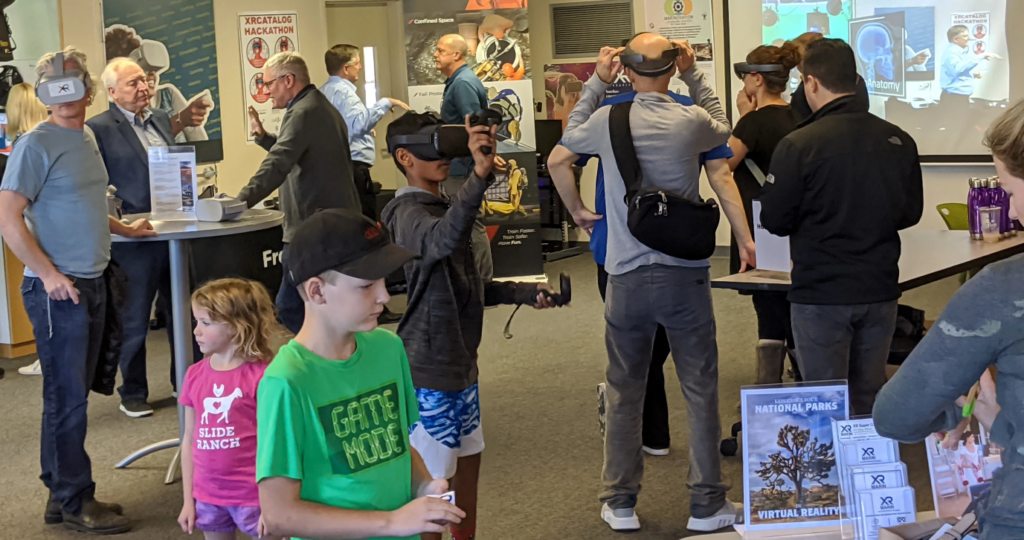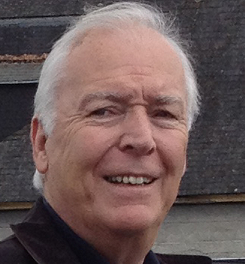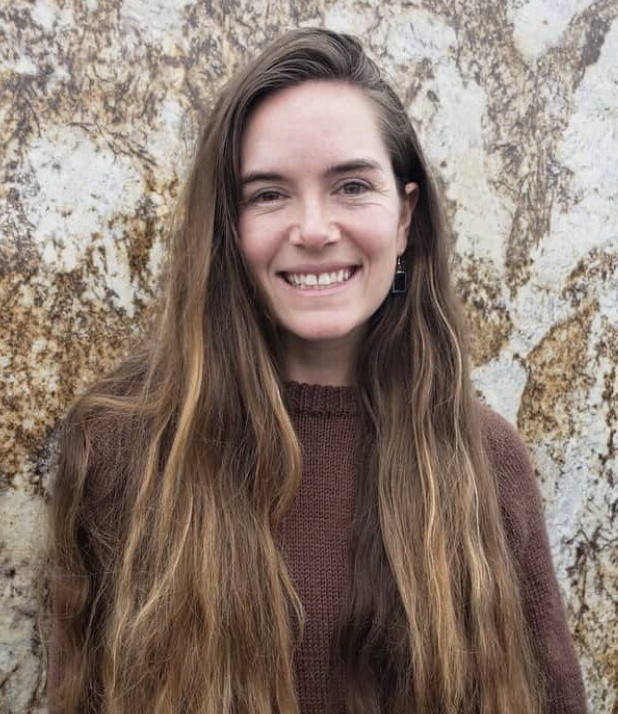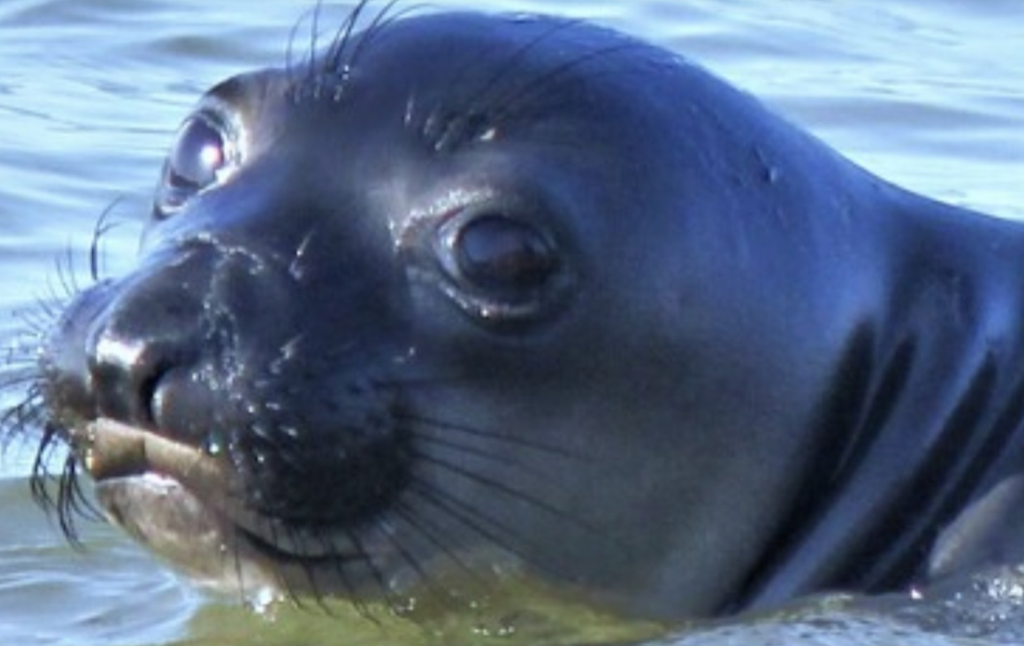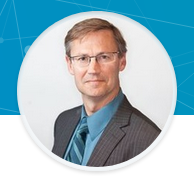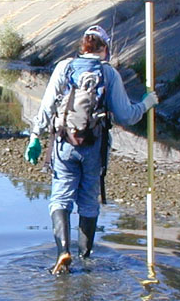with Liya Rabkina M.S. of Igenomix USA
Wednesday, January 25, 2023 – 7:30 – 8:30pm – Terra Linda High School Innovation Hub, 320 Nova Albion, San Rafael, California
The field of human genetics focuses on managing and preventing inherited disease risks. For families who are at an increased risk for passing on a genetic condition, the preferred option may be preimplantation genetic testing to select for low risk embryos in their future pregnancies. This talk will describe the current state of “designer babies,” what the future of genetic testing for embryos may be, and the ethics of it all.

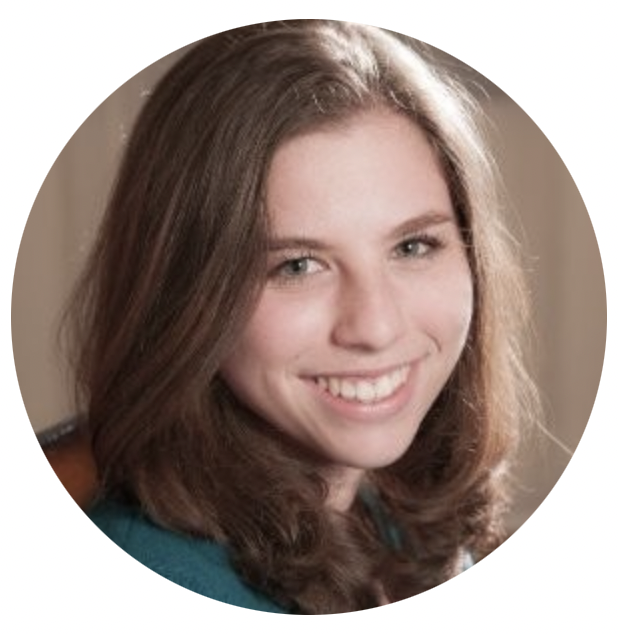
Bio: Liya Rabkina is a licensed and board-certified genetic counselor currently working at Igenomix USA in San Francisco. Liya graduated from Terra Linda High School in San Rafael in 2013. She holds a B.A. in Biochemistry from Scripps College and an M.S. in Genetic Counseling from Northwestern University.
